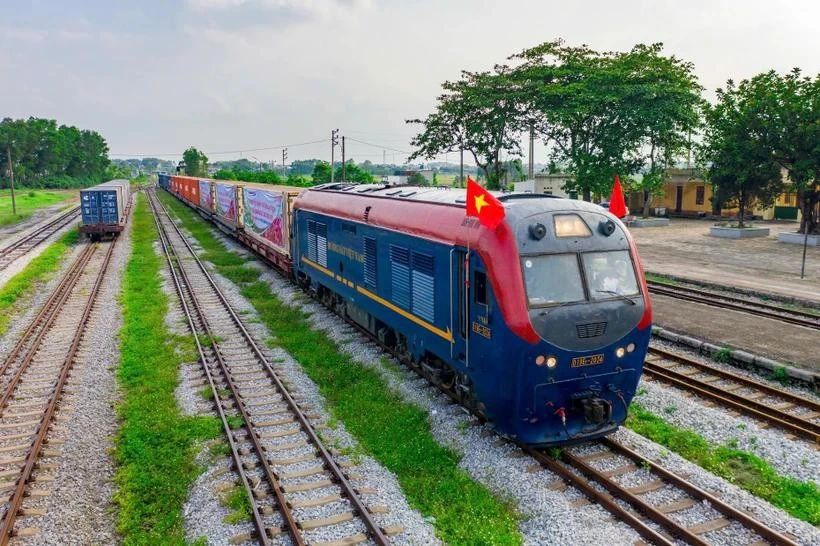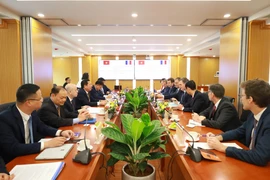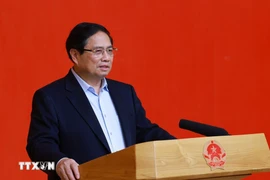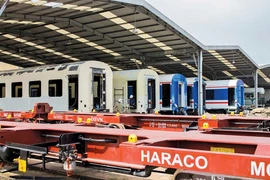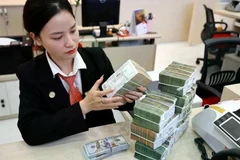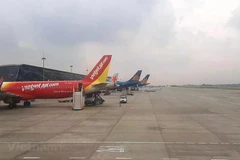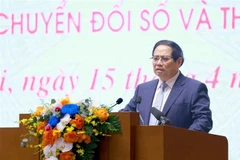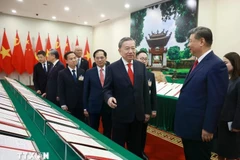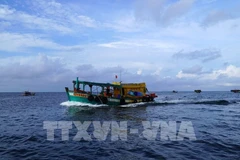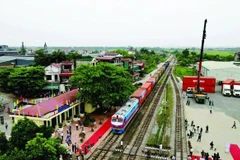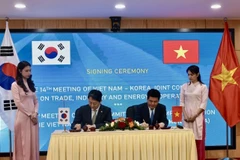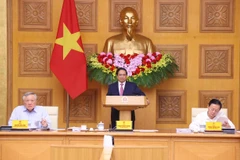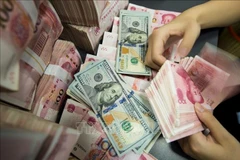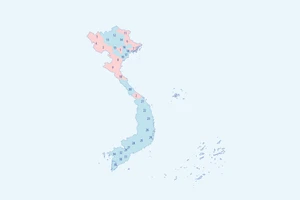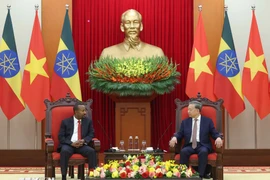Hanoi (VNA) – The Lao Cai-Hanoi-Hai Phong railway project will support the second largest transportation corridor in Vietnam in terms of passenger and freight demand. The route is second only to the North-South economic corridor, according to Nguyen Khanh Tung, Deputy Director of the Railway Project Management Board under the Ministry of Construction.
Over 2,400 workers needed for the project
Tung said that the feasibility study report has proposed the training and development of about 2,430 personnel for the project, funded by its budget. In the next steps, the Railway Project Management Board will continue to research and determine the specific number of personnel, costs, methods, and forms of training to ensure sufficient staff for operation and exploitation.
In addition, he emphasised that during the selection process for foreign contractors, the bidding requirements will include regulations that contractors must prioritise using products, goods, and services that can be produced or supplied domestically. Contractors will also be required to make commitments regarding technology transfer and workforce training for Vietnamese partners, enabling them to take control of management, operations, exploitation, and maintenance to gradually master the technology.

As some localities will advance provincial and city budgets for land clearance implementation, Tung said that decentralising authority and assigning responsibility to localities will allow them to take initiative in the preparation process. This will enable them to ensure prompt implementation of land clearance and resettlement work alongside the project approval process. It can help ensure a legal foundation, address challenges for localities in implementing compensation and resettlement, and accelerate the land clearance progress for the project.
Promoting international multimodal transport Regarding the transport corridor along the route, the Railway Project Management Board stated that under the national spatial development orientation, the country is structured around 13 economic corridors. The Lao Cai-Hanoi-Hai Phong economic corridor is the second-largest in terms of passenger and freight transport demand.
Therefore, the construction of the Lao Cai-Hanoi-Hai Phong railway is primarily to serve the domestic passenger and freight transport needs along this economic corridor. Additionally, it will meet the demand for passenger and freight transport for imports, exports, and transit goods, thus maximising the investment effectiveness of the project, stated Tung.
With the forecast transport demand, the entire line is expected to have 18 stations. Additionally, to support the technical operations required for train services, 13 technical operation stations are to be set up.
According to Tung, the railway will be newly constructed to connect with the Hai Phong international seaport and facilitate multimodal transport connectivity with China. This is in line with the implementation of the "Belt and Road Initiative" and the "Two Corridors, One Belt" framework. It aims to meet the demand for high-quality, fast, convenient, and safe transportation, while also reducing emissions.
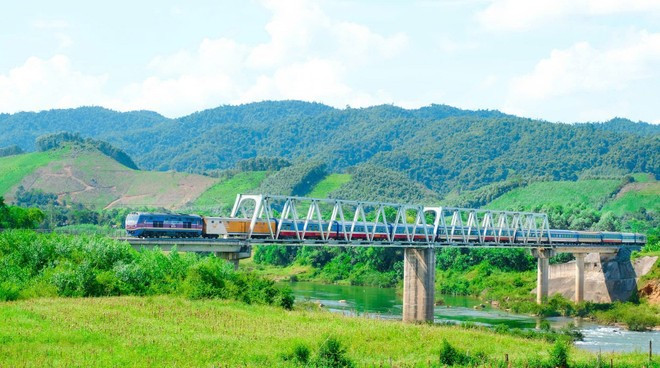
The new railway will span approximately 390.9 kilometers for the main route, with 27.9 kilometers of branch lines. The project will pass through the nine localities of Lao Cai, Yen Bai, Phu Tho, Vinh Phuc, Hanoi, Bac Ninh, Hung Yen, Hai Duong, and Hai Phong. Starting at the border crossing point in Lao Cai province, the line will terminate at Lach Huyen Station in Hai Phong City.
The project, whose construction is expected to begin in late 2025, entails constructing a new single-track rail line with a 1,435mm gauge, designed to accommodate both passenger and freight services. The main route, from new Lao Cai Station to Nam Hai Phong Station, will be designed for speeds of up to 160 km/h. Sections through Hanoi will operate at 120 km/h, while the remaining parts will run at 80 km/h.
The project is estimated to have a total investment of approximately 194.9 trillion VND (7.6 billion USD)./.
